Aggressive actions in dogs, just like in people, show they want to hurt or upset someone. But we must remember, any dog, tall or short, can act this way if not taught well. A dog’s breed can hint at its nature but doesn’t set its ways. With good training, early socialisation with others, and a warm home, any furry friend can become your best companion.
- Any dog breed can be gentle with proper training early on.
- Aggressive behavior in dogs can stem from genetics or lack of socialization.
- Chihuahuas, despite their size, can display surprising aggression.
- Rottweilers' protective instinct can lead to aggression if not well-socialized.
- Training and managing Siberian Huskies' prey drive is crucial.
In this piece, we will list 10 breeds known for being sometimes aggressive – but remember, with care, they can also be great pals. We’ll talk about what makes them unique and ways to help them behave better.
The information provided herein is for informational purposes only. Please refer to our disclaimer for more details..
Understanding Aggression in Dogs
Dogs display aggression in various ways, and the reasons for this can differ. Here are some common forms of aggression:
- Territorial Aggression: This happens when a dog feels someone in its personal space, like its home – it will bark or growl to tell them to stay off.
- Protective Aggression: If a dog feels its owner or a furry friend is in danger, it may act out to keep them safe.
- Possessive Aggression: Sometimes, when guarding their own chew toys or food, dogs can get snappy with others.
Factors Influencing Aggressive Behavior in Dogs
There are a few reasons why our furry friends might act out. Let’s understand them:
- Genetic Temperament: Some dogs, due to their own family genes, might naturally act in a certain way. Certain dog breeds have unique behaviors because of their past – like being good hunters or protective of their families.
- Early Life Experiences and Socialization: What happens to puppies when they’re young can affect how they behave later on. For example, if they meet lots of new friends early on, they might be friendlier as they grow up.
- Physical and Mental Stimulation or Higher Prey Drive: Some dogs love to chase things, be it a ball, a bird, or even small children. It’s in their nature. Dogs that were trained properly to hunt or watch over sheep in the past might still want to chase and play, sometimes a bit too much.
By knowing these things, we can help our dogs be calmer and also live happily with people around them.
The 10 Most Aggressive Dog Breeds
After looking into why some dogs act tough, let’s talk about different dog breeds. In this part, we’ll list 10 breeds that people often think are a bit too rough.
1. Chihuahua
Image credits: Didgeman.
Chihuahuas may be small dogs, but they are also prone to aggression – which can really surprise people around them. They act this way for a few reasons:
- Scared or Nervous: These little dogs can get aggressive if they feel scared or anxious. This happens a lot around bigger dogs or when they’re in places they don’t know.
- Protecting Their Space: Chihuahuas are very protective of where they live. They keep a close watch for strangers or other animals stepping into their area.
- Being Small and Delicate: Because Chihuahuas are tiny, they’re also quite fragile. When they are hurt or have health issues, they might act out to defend themselves.
So, Chihuahuas show us that being aggressive isn’t just about size. Often, they’re just trying to look out for themselves or their home.
2. Rottweiler
Image credits: Alexas_Fotos.
Rottweilers are famous for being strong, protective, and having aggressive tendencies. This makes them great guard dogs but can also lead to them being wary of strangers. Let’s get to know this breed better.
Personality: Rottweilers are calm, confident, and brave – but they don’t make friends right away. They’re super loyal and loving with their own family, staying relaxed in places they know well.
Roots of Aggression:
- Their instinct to protect is key – it comes from a history of guarding cattle and people. This can turn into aggression if they feel their family or home is in danger.
- Sometimes, Rottweilers might become more aggressive toward people they don’t know, especially if they haven’t been around many different people or places when they were younger.
3. Chow Chow
Image credits: Moujib Aghrout.
Chow Chows are ancient dogs with a story that goes back thousands of years in China. They’re kind of like wolves, and this shows in how they act even today.
Historical Journey: These furry pals are one of the oldest breeds around. They used to guard homes and even royal palaces, showing just how important they were a long time ago.
Roots of Aggression:
Their need to guard things is part of their past. They were always on the lookout, especially for strangers, and that’s something they still do. Chow Chows might seem a bit stand-offish and proud, and to people who don’t know them, they might come off as aggressive.
4. Dachshund
Image credits: James Watson.
Dachshunds, with their long bodies and short legs, are lively and full of fun. These furry buddies are strong-headed and look out for their own. They usually like being around others, but if they aren’t taught good habits early on, they might act a bit tough at times.
They’re also pretty sharp, keeping an eye out for anything out of place, and can warn their families of strangers.
Root Causes of Aggression:
- Hunting Past: These dogs were meant to hunt badgers long ago in Germany. This past makes them a bit more alert and, sometimes, more willing to stand up to bigger threats, especially if they think their families are in danger.
- Being Protective: Coming from their days as hunters, they can act out if they feel scared or think someone they care about is at risk.
5. Doberman Pinscher
Image credits: patstatic.
Doberman Pinschers, with their tall and sleek bodies, are loyal and always on the lookout. These dogs were made to guard and protect, and that old job still affects how they act today.
Back in the day, people wanted a furry buddy that could also keep them safe. So, Dobermans were made to be tough guards. If not taught well, they can act out, but they’re usually just trying to keep their own safe.
Natural Aggressive Protector Side:
Most times, Dobermans aren’t trying to be mean. They act tough because they want to keep danger away from their families. Their main goal isn’t to hurt others but to protect their loved ones.
They can be your best friend, but if they sense something’s off, they’ll also stand in front of you. It’s their past as guards speaking. With the right training and lots of love, they can be gentle family dogs.
6. Pit Bull Terrier
Image credits: Yohan Cho.
Pit Bull Terriers have a story filled with both courage and sadness. These furry dogs were first used in tough games, like bull-baiting, where they had to be really brave. After that game was stopped, people used them in dog fights because of their strength and alertness. But later, in the old British lands, they had better jobs like hunting or helping with wild animals.
Aggressive Nature:
- Pit Bull Terriers aren’t naturally mean to people or other animals. But, because of their past jobs, they might act tough around other dogs if they’re not trained right.
- It’s good to remember that many of these dogs are sweet, loving, and great with families. The way they might act with other dogs is because of what they were bred for long ago, not how they feel about people.
7. Dalmatian
Image credits: Anna Kumpan.
Dalmatians are furry dogs known for their special, dotted coats. They come from Dalmatia, Croatia—this was their first home. They’ve done many jobs over time, like being war dogs and firehouse pets.
They’re gentle and love their own families. But, they can get territorial, especially if strangers come into their territory. This canine behavior comes from their old jobs, protecting and watching out.
Aggression Tendencies:
Not all Dalmatians are aggressive. Some, however, display aggressive traits because of bad breeding. They can act out, especially if not taught good behavior from when they were young.
Bad behavior shows up more if they’re left off alone and don’t exercise. They need a strong owner who can guide them, give them good training, and play with them often.
8. Akita
Image credits: uadrienn.
Coming from Japan’s snowy north, Akitas were originally bred to hunt big, wild animals like bears, showing their brave past. They were also loved by samurais who used them for guarding—showing their strong, good protective nature.
Aggressive Side:
- Akitas are known to be protective but can act mean if scared or ill-treated. They need a caring, firm owner to guide them, especially around other animals and food.
- They might act tough out of fear, which can be managed well with proper training.
- Even though they can be fierce due to their hunting past, with love and consistent training, they become loyal, gentle companions.
9. German Shepherd Dog
Image credits: lancegfx.
German Shepherd Dogs (GSDs) are known for their loyal and brave hearts, making them loved by many around the world.
Popularity of GSDs:
Their loyalty, courage, and keen minds put German Shepherds high on the American Kennel Club’s list of popular breeds. They are the fourth favorite dog breed in the US in 2022—showing their strong bonds with families and good work habits.
Their heroic acts in history, like during World War I, and roles in movies and as service dogs have won many hearts.
Aggressive Side:
Sometimes, they can act tough due to their past as herding or working dogs, but now they use their might to help in police work and other noble jobs. They can get a bit rough when scared or trying to show they are in charge.
10. Siberian Husky
Image credits: North_89.
Siberian Huskies, with their wild looks and bright blue eyes, surely turn heads. But, their looks can fool you about their true nature. Now, let’s look into their prey drive:
- Breed Nature: Siberian Huskies are known to be good and gentle dogs. They love making new friends—be it people or other animals. They are not naturally mean or dangerous.
- Prey Drive: But, despite being friendly, Huskies have a high prey drive. This means they love chasing small, fast-moving animals which can sometimes look like aggression.
- Training and Management: Training Huskies well can help manage this drive, making them behave nicely around small animals.
In short, Huskies are friendly, but their prey drive can be a challenge, and they need good training to make them great, gentle companions.
Other Aggressive Dog Breeds
Besides the above-mentioned different breeds, others also show some aggressive traits, though less. Here are some honorable mentions:
- Basenji Dog
- Cane Corso
- Jack Russell Terrier
- Neapolitan Mastiff
- Dogo Argentino
- Basenji
- Rhodesian Ridgeback
- Gull Dong
- Staffordshire Bull Terrier
- Shar Pei
- Boxer
- Pomeranian
- Saint Bernard
- Bullmastiff
- Wolf-Dog Hybrids
- Perro de Presa Canario
- American Pit Bull
Tips for Dog Owners to Deal with Aggressive Dogs
Getting a furry friend is fun but comes with duties, especially around handling aggression in some dog breeds. Here are tips for a peaceful life with your pooch:
Learn How to Calm Your Dog:
You can learn how to calm your dog, especially if aggression doesn’t happen often. Additionally, trying out calming treats might work to calm your dog.
Early Training and Proper Socialization:
Early and firm training makes a good, friendly dog. From puppy times, socializing with different places, people, and animals is key. Introducing your dog to new things in a nice way helps keep fear and aggression at bay, almost like a “behavioral vaccine”.
Play vs. Real Aggression:
Dogs love to play rough but it’s normal. Knowing playful actions from real aggression keeps everyone safe.
Pet Insurance:
Insurance for aggressive breeds can be hard to find but not impossible, covering any harm caused by your dog. Some insurance plans cover behavior problems, helping manage aggression with the right support.
With the right knowledge, your journey into pet ownership will be a joyful one, filled with sweet memories.
Conclusion: Top 10 Most Aggressive Dog Breeds
The path to being a good dog owner starts with knowing that any dog can act aggressively without the right care and training. Being active in training a well-behaved, happy dog makes both homes and neighborhoods nicer places. Let’s be good dog owners, making our furry friends and the places we live better. Your hard work in knowing and taking care of your dog’s needs is the first step to a long, loving friendship.
Frequently Asked Questions
What Makes a Dog Breed Aggressive?
A dog’s mean behavior can come from its genetic factors, not meeting new people or dogs, wrong training, fear, or health problems. Some dog breeds are more prone to act mean because they were bred long ago for guarding or hunting.
Are Aggressive Dog Breeds Safe to Own?
With the right training, meeting new people and dogs, and good care, even aggressive dog breeds can be safe, loving pets. It’s key to know and care for the special needs of the breed you pick to keep everyone safe.
Can You Train a Dog to Be Less Aggressive?
Yes, training and socializing them when they are puppies can really help lower mean behaviors in dogs. It’s good to talk to a dog trainer or a vet who knows about behavior if your dangerous dog or experienced dog acts aggressively.
1Kviews
Share on FacebookThis vet’s a moron if he lists Rottweilers amongst the “top ten” most aggressive breeds and lists St. Bernards on the list of “other most-aggressive breeds” (did he read Cujo and decide to base his opinion off of it or something?) In fact, MOST of the dog breeds on this list aren’t naturally “aggressive” at all, but are “protective”. Those are NOT the same thing. And yes, while a few breeds account for the vast majority of dog bite injuries and dog bite fatalities, most dogs of these breeds will only be “aggressive” if not raised properly. And, of course, it’s very interesting that this vet does not even mention the breed that was #2 on the list of breeds with the highest bite injury statistics in the US in 2022 - Labs.
This vet’s a moron if he lists Rottweilers amongst the “top ten” most aggressive breeds and lists St. Bernards on the list of “other most-aggressive breeds” (did he read Cujo and decide to base his opinion off of it or something?) In fact, MOST of the dog breeds on this list aren’t naturally “aggressive” at all, but are “protective”. Those are NOT the same thing. And yes, while a few breeds account for the vast majority of dog bite injuries and dog bite fatalities, most dogs of these breeds will only be “aggressive” if not raised properly. And, of course, it’s very interesting that this vet does not even mention the breed that was #2 on the list of breeds with the highest bite injury statistics in the US in 2022 - Labs.
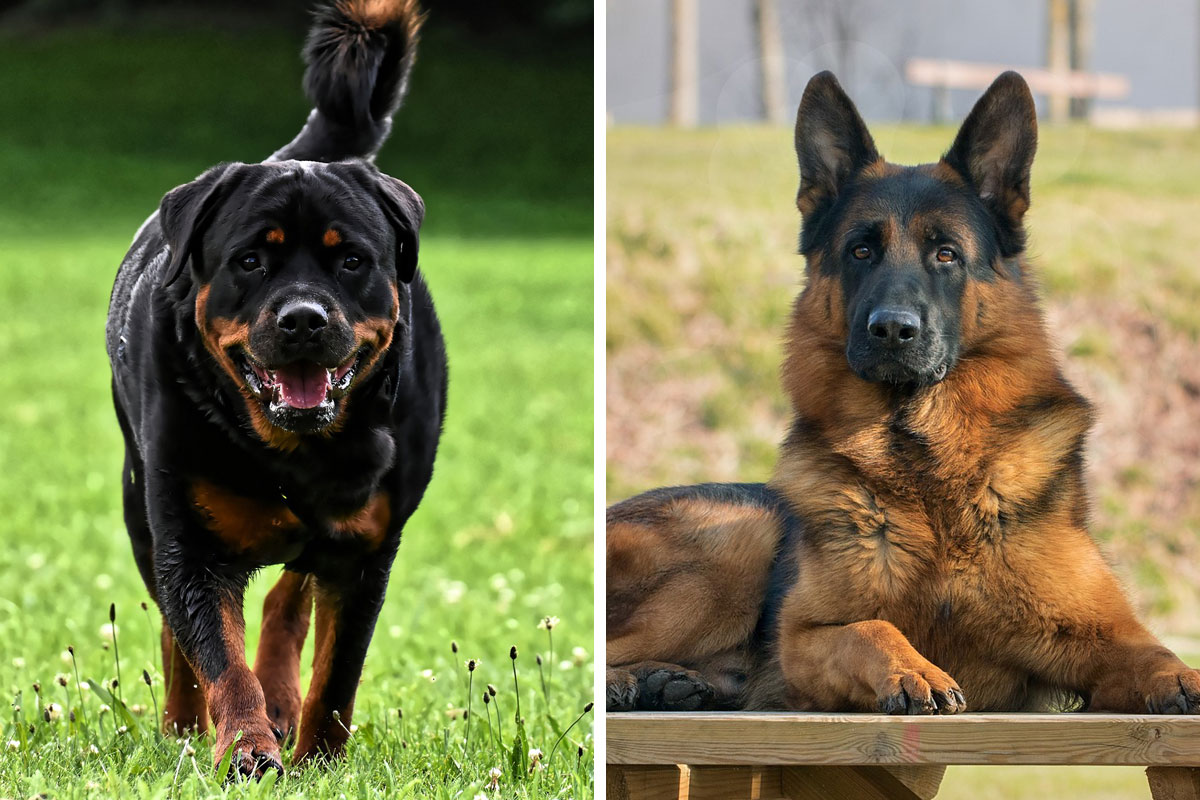

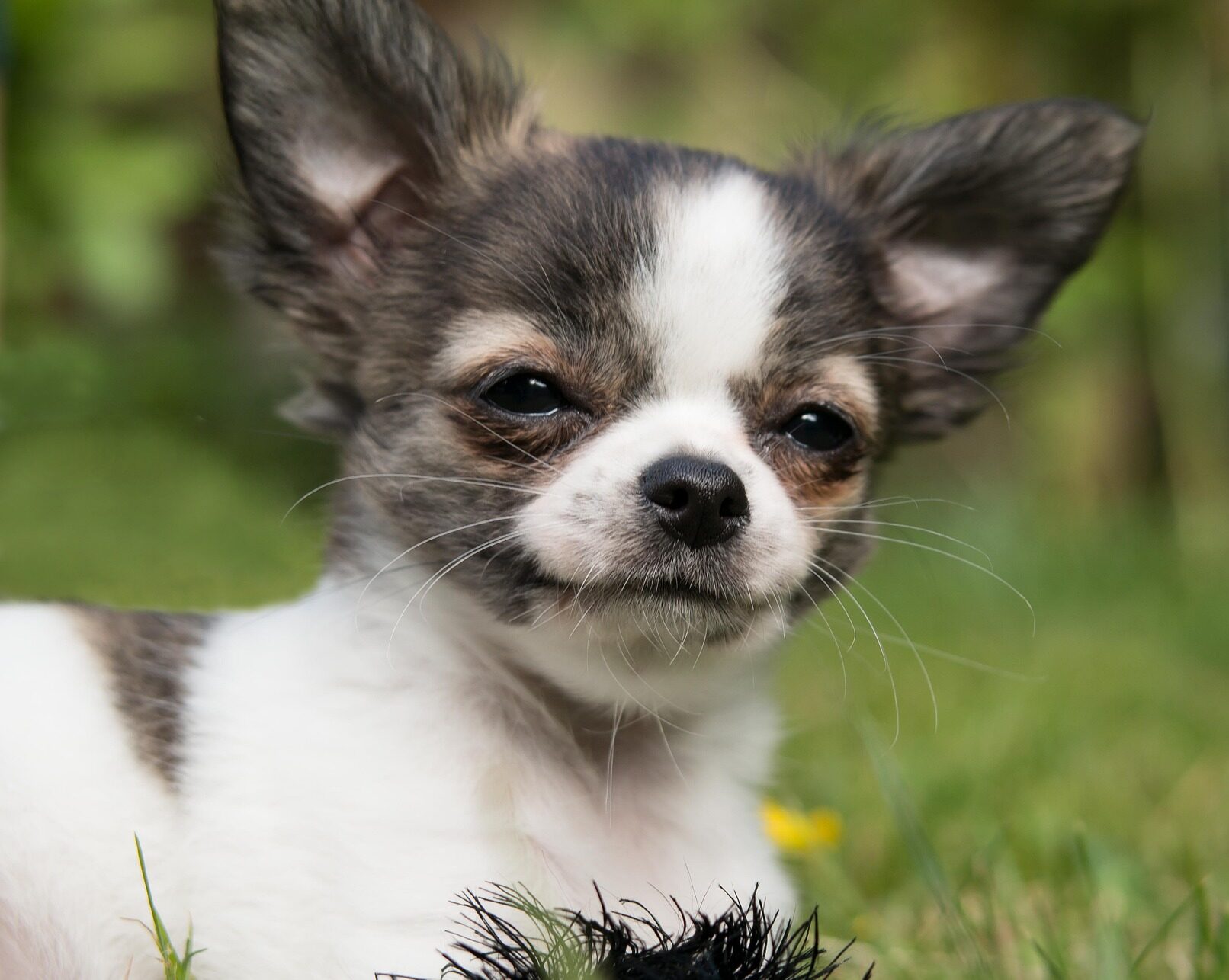
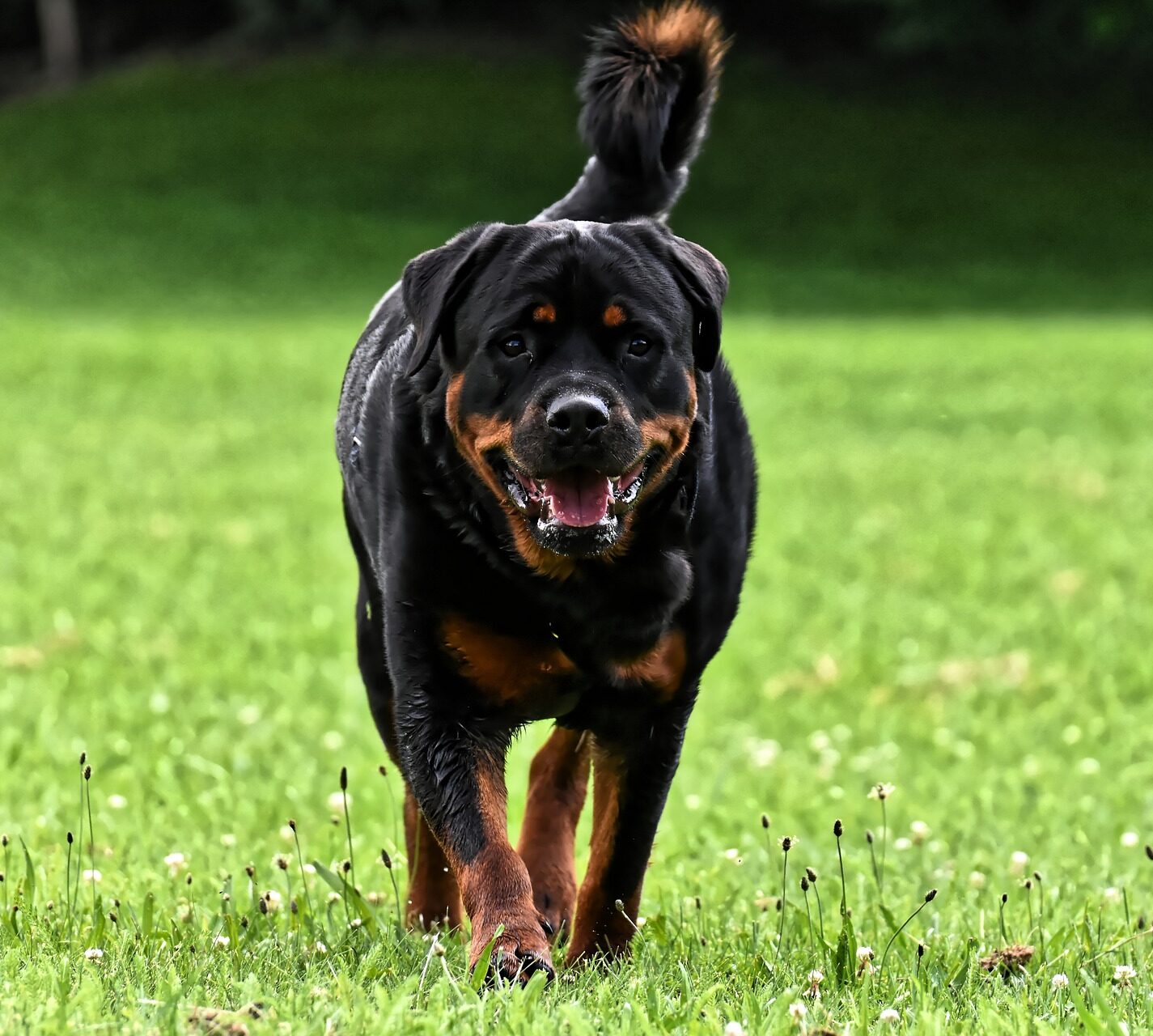
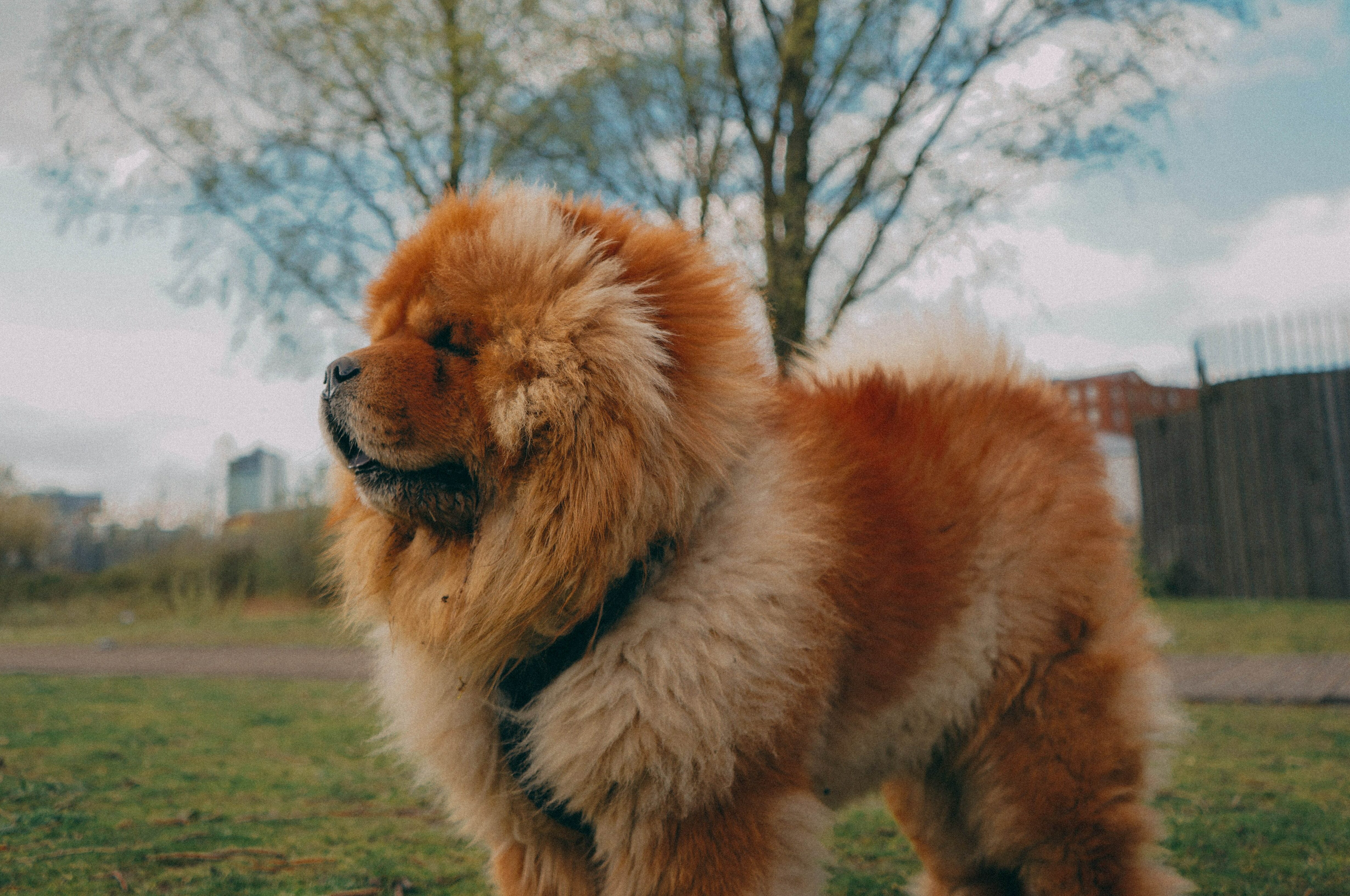
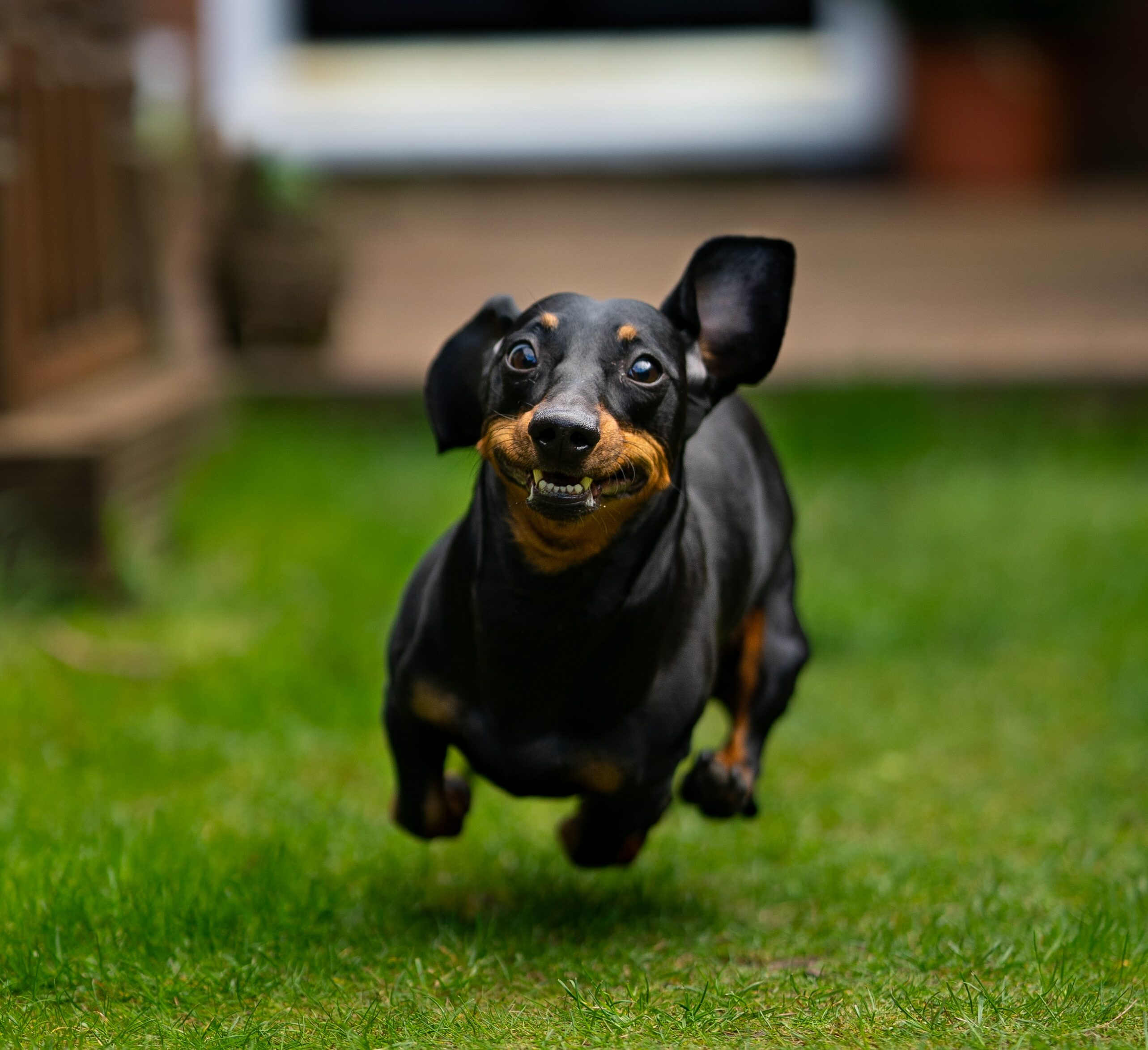
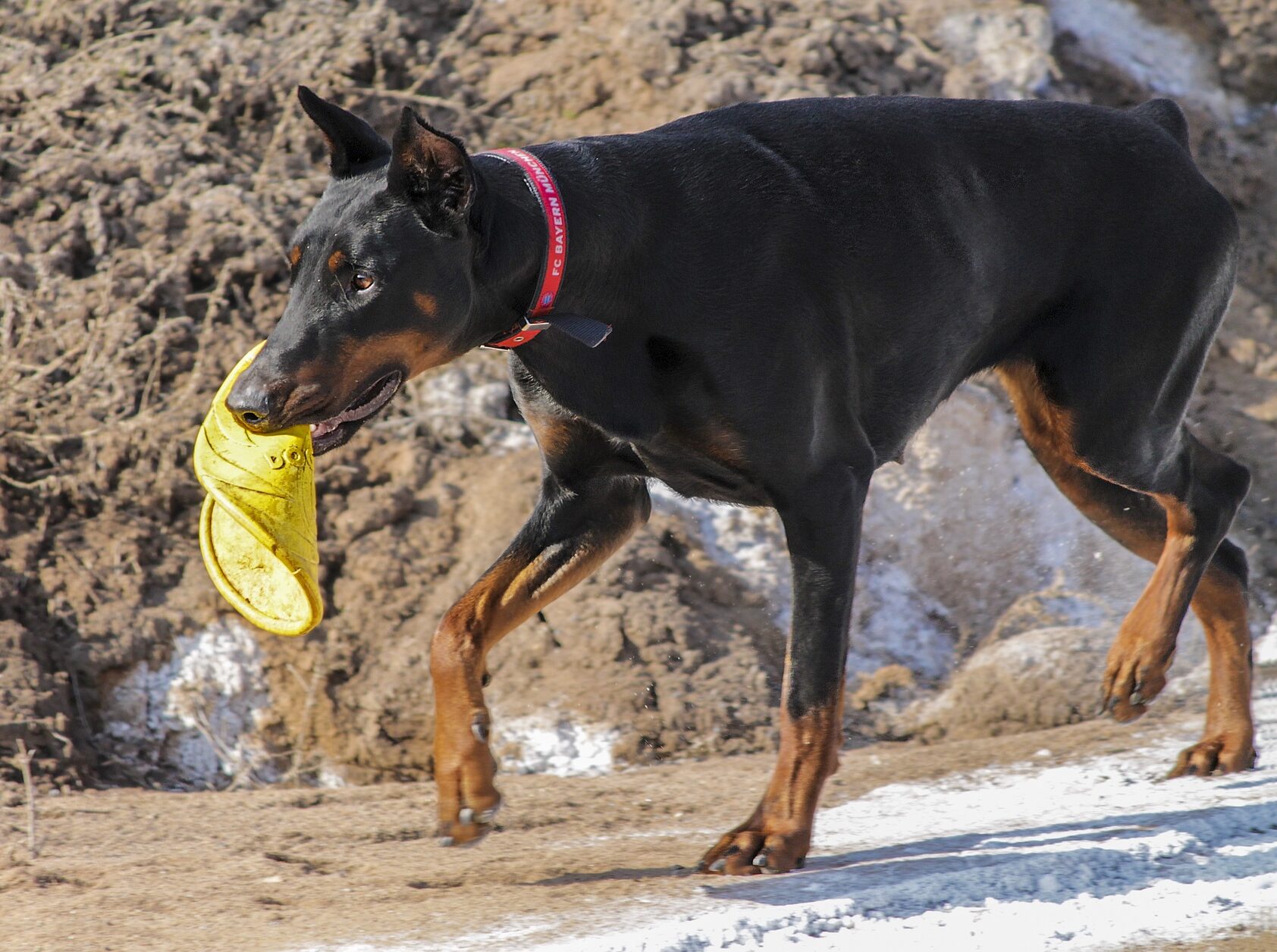
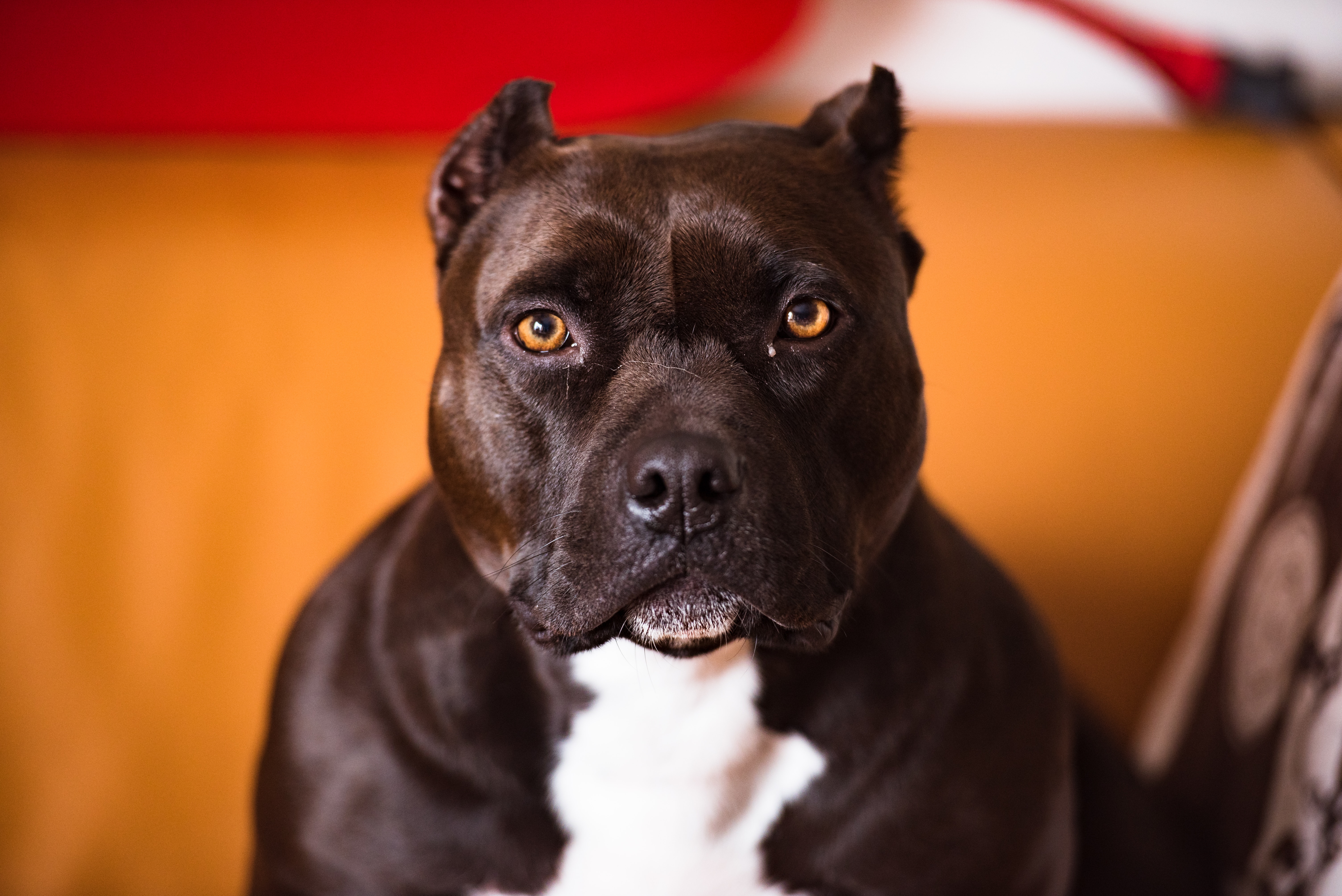
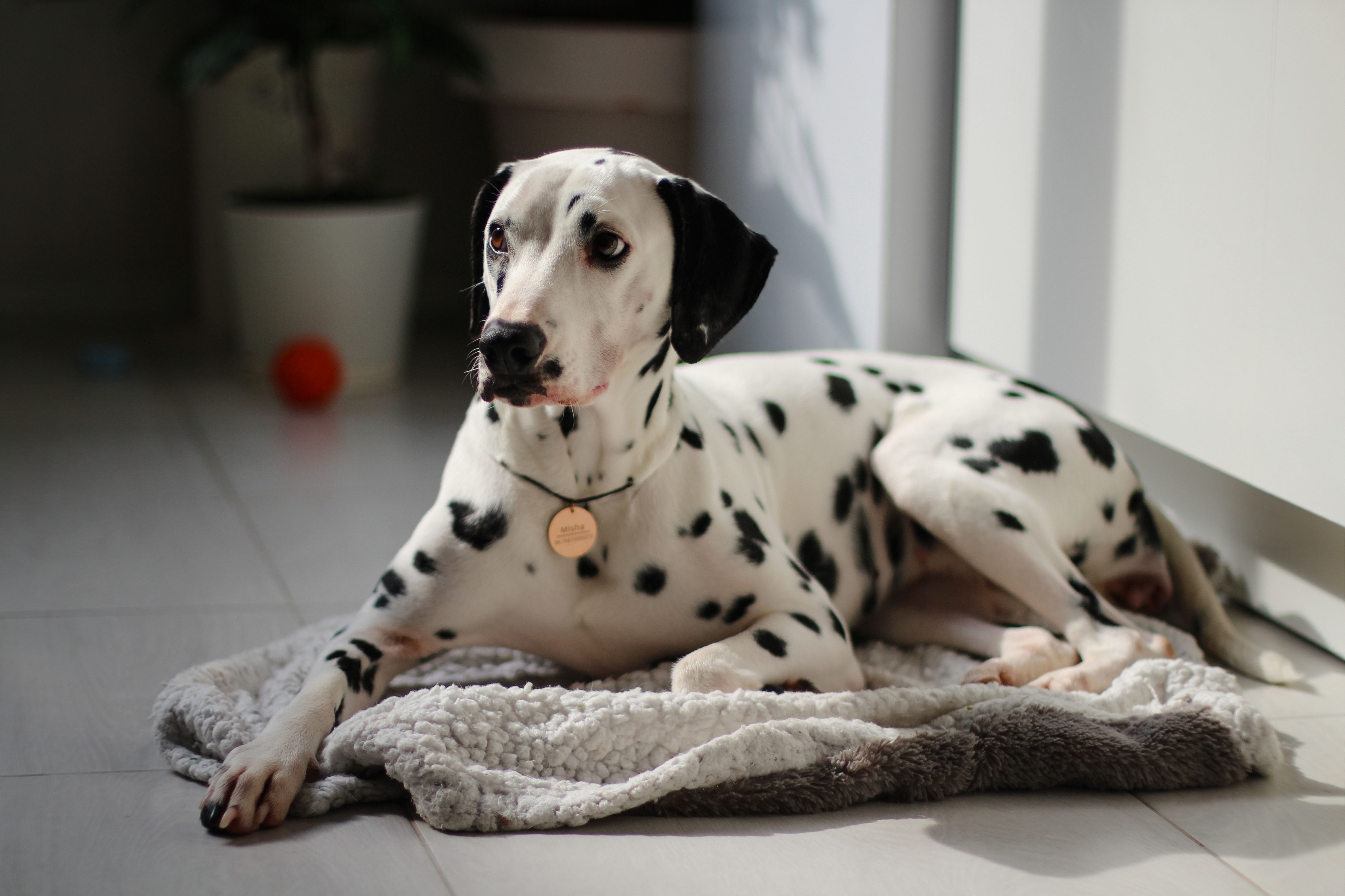
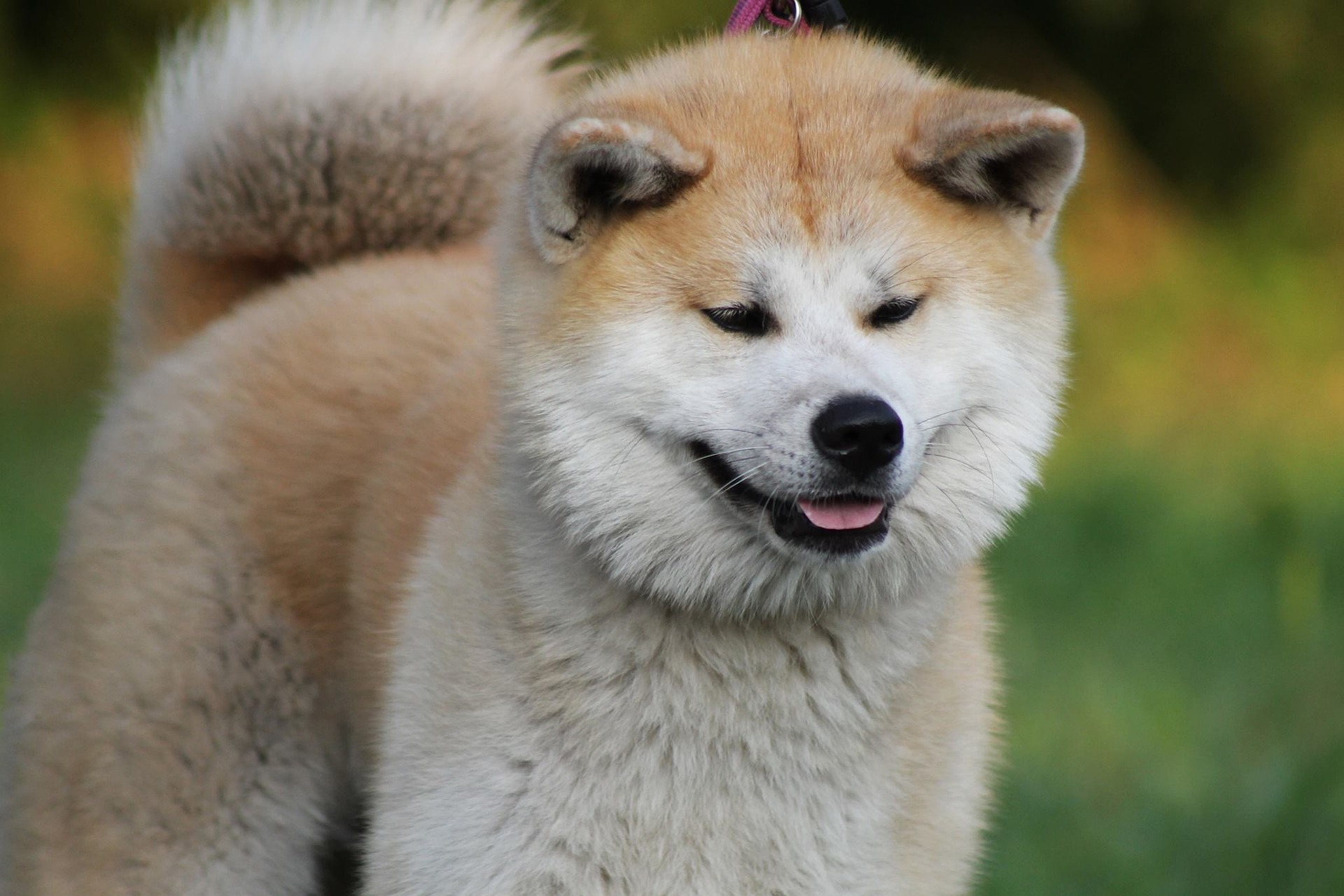
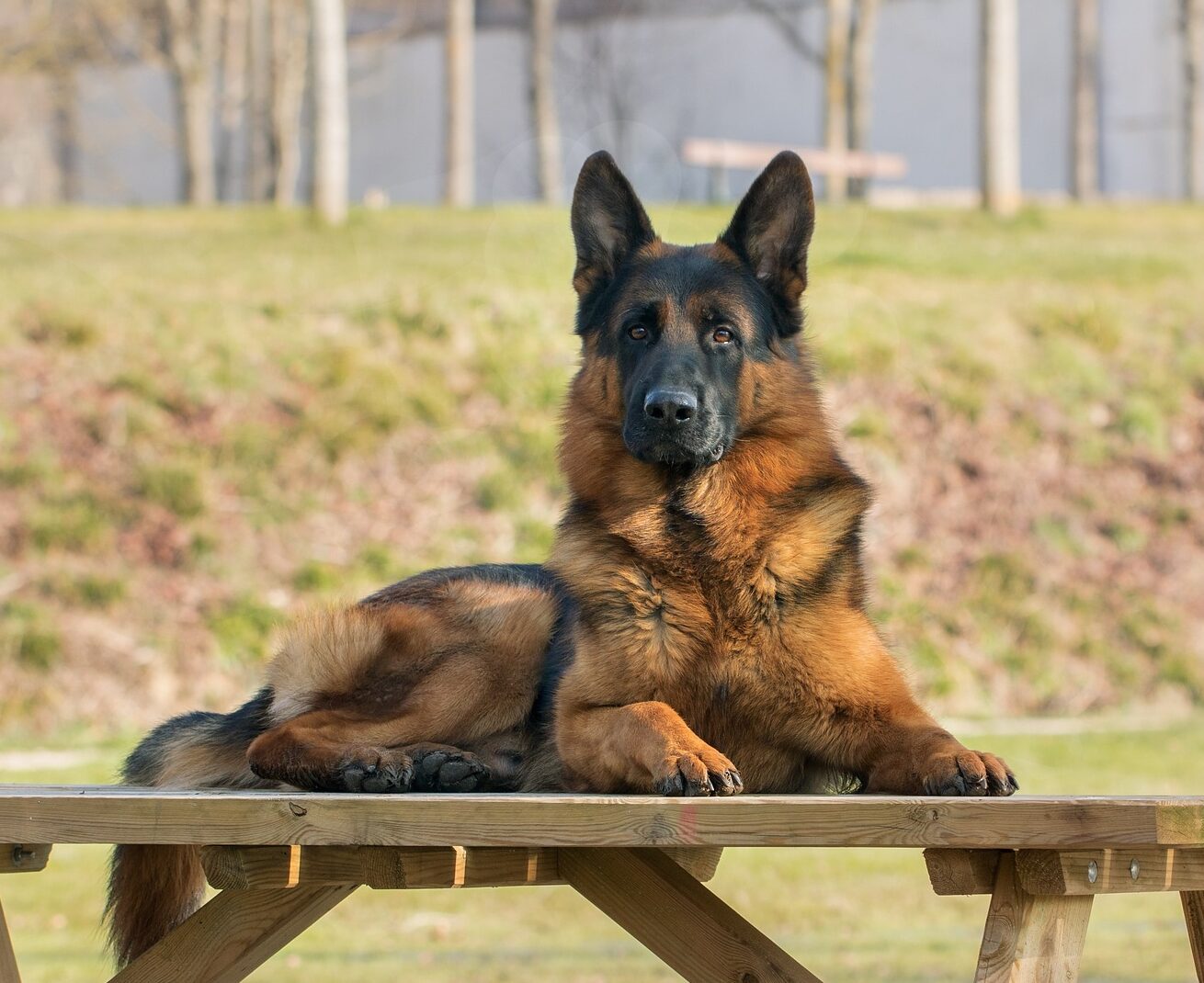
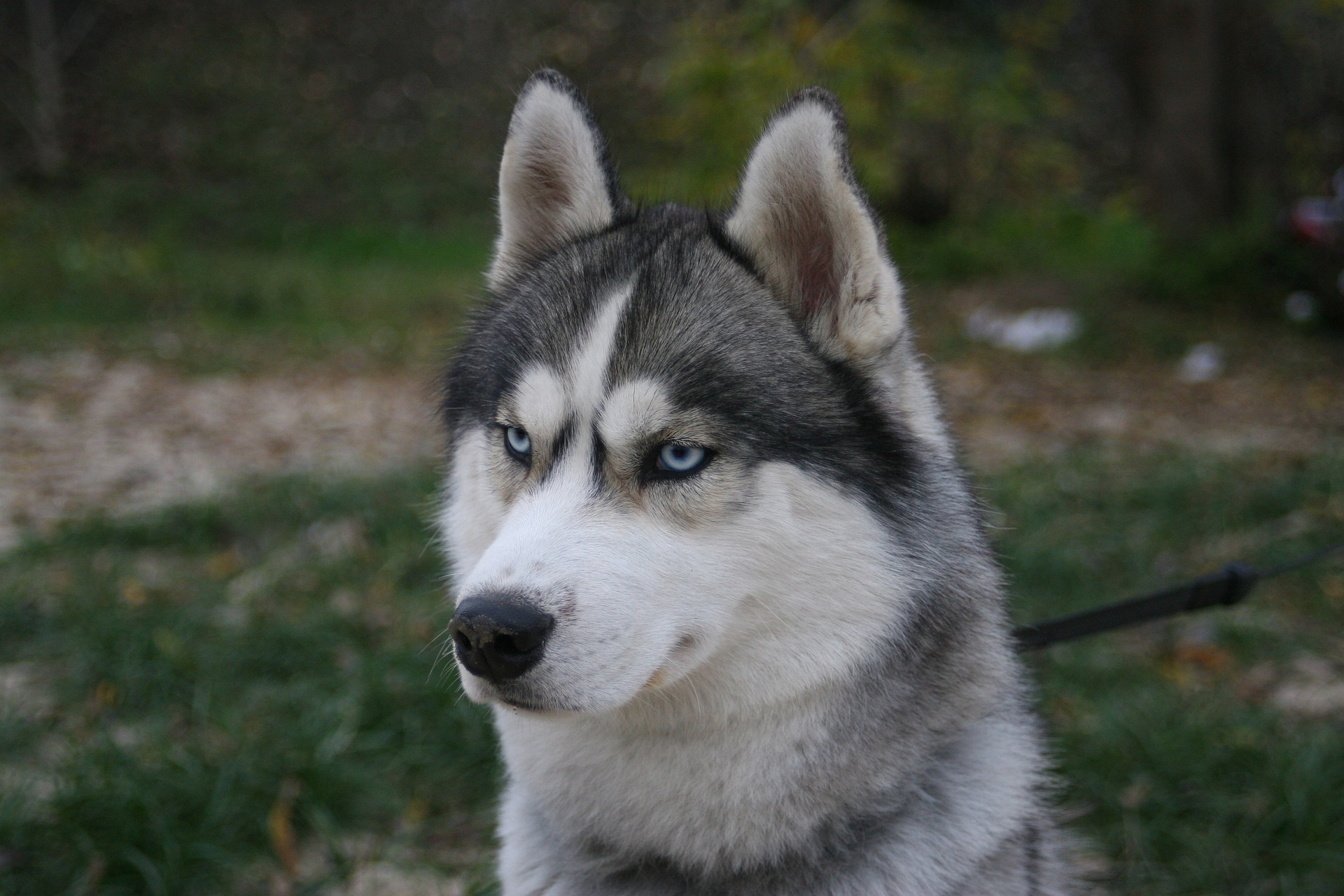



2
1